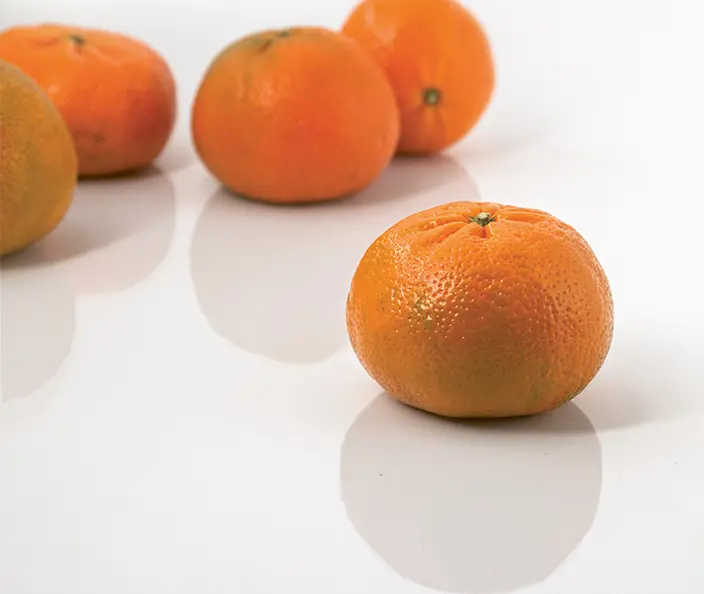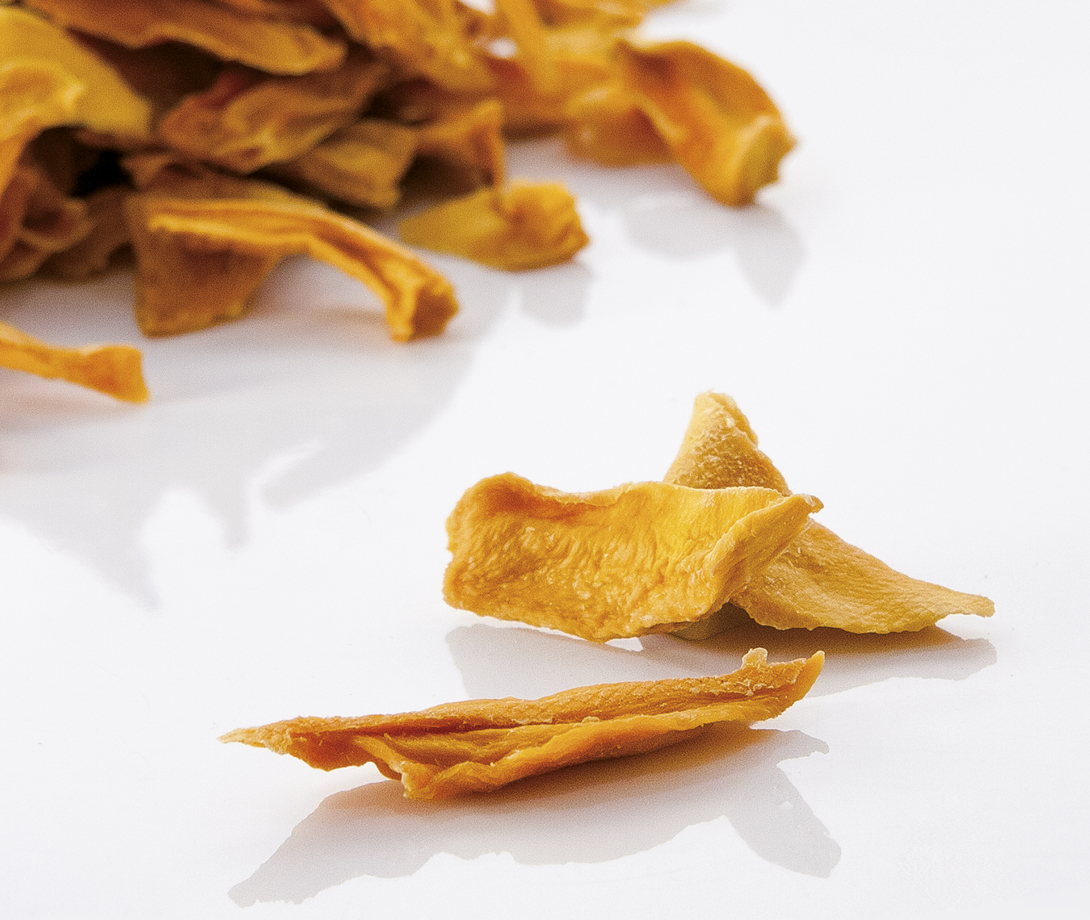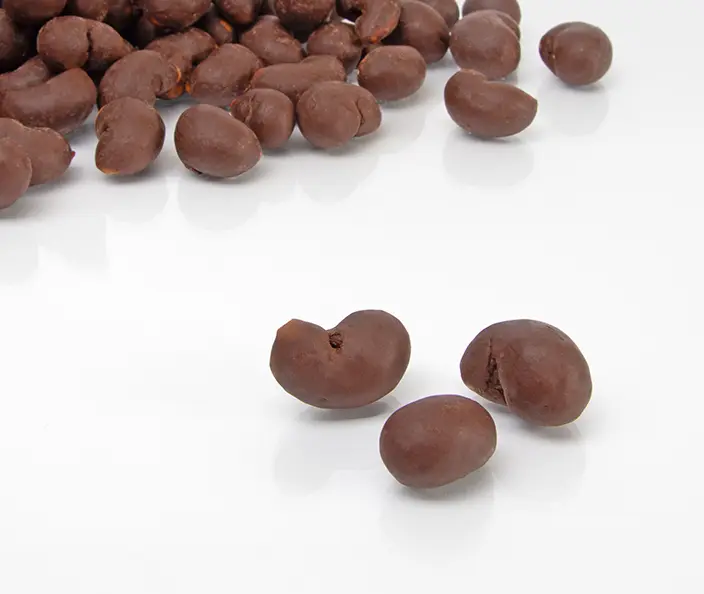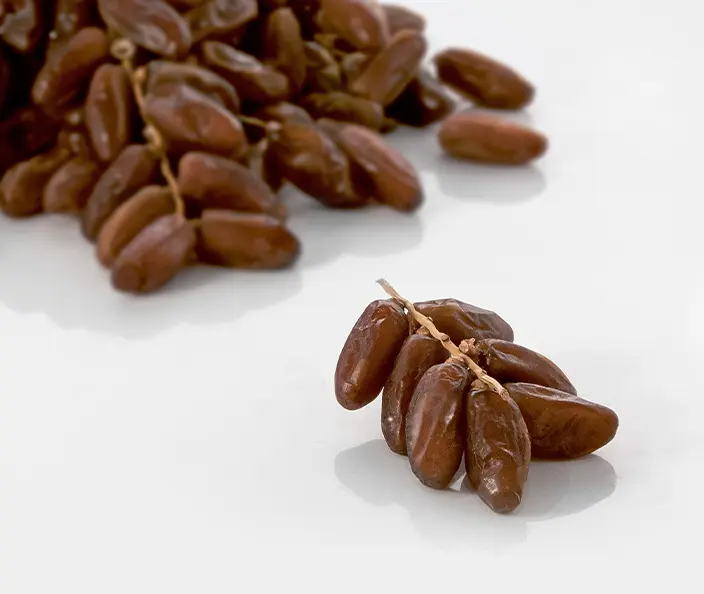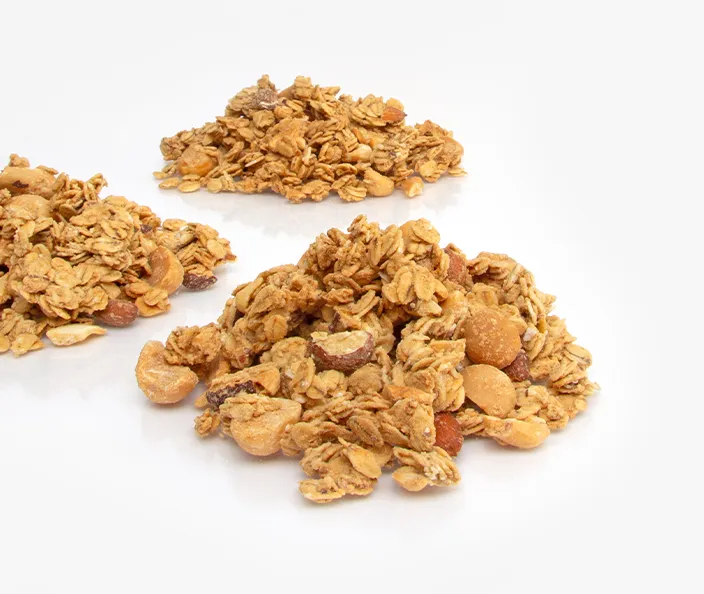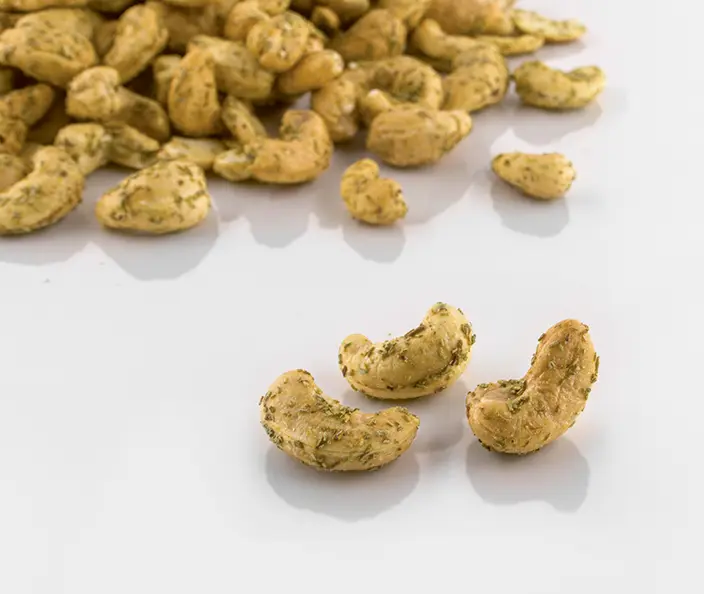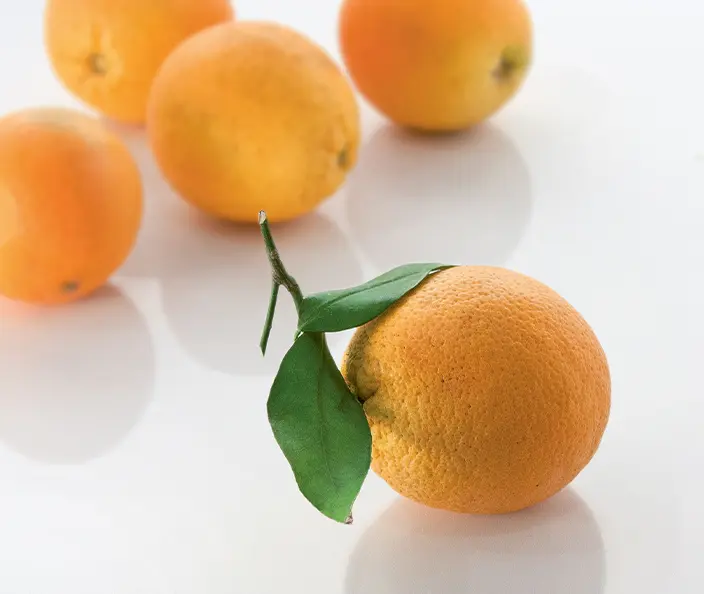Clementines
Organic
Greece
Available for pre-order from: Autumn
Clementines are actually seedless. However, we can’t guarantee that with our clementines. Nature decides what the fruits look like, how they taste and what is in them. The same applies to the colour. Especially at the beginning of the season, clementines may still have green areas. However, the colour says nothing about the ripeness of the fruit, only the juice and sugar content are decisive.
The later the delivery date, the sweeter the clementines taste.
The later the delivery date, the sweeter the clementines taste.
 How much is that?
How much is that?
8 kilos are equal to 48-72 clementines. The numbers are so variable because we don't give the family farmers and producers any size specifications. Nature decides how big the fruits will grow.
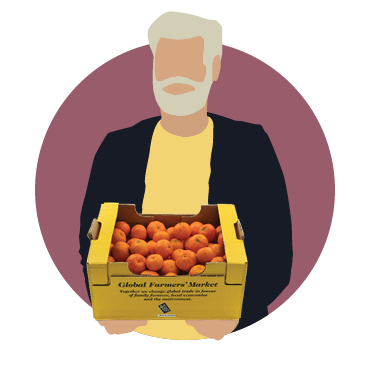
 When will my delivery arrive?
When will my delivery arrive?
If no specific delivery date is indicated for a product, we will ship your pre-ordered items during the specified month. For the latest information, please check our delivery schedule page. We will notify you as soon as your order is on its way.
| Arrival of the delivery | Order by: |
|---|---|
| November | 10.11.2024 |
 Use & preparation
Use & preparation
A clementine is a hybrid of a mandarin and an orange. As such, it was created by humans. One result of this crossing was that the seeds disappeared. Clementines wouldn't exist without human intervention. They are unable to propagate without our help.
New trees are grown by taking branches or cuttings from a mother plant. This type of propagation is a common practice in fruit growing because it's the only way to ensure that the variety remains pure.
However, wild pollinators, such as birds and insects, still visit these fruit trees. The types of pollen they carry to the flowers of a fruit tree and their corresponding properties are purely a matter of chance. Seeds occur as a result of these wild pollinators.
Since family farmers in Greece cultivate small plots adjacent to other crops and are unable to control the flight of insects and birds, our clementines sometimes have seeds. But that doesn't matter – the seeds have no impact on the flavour, which is what really counts in the end.
New trees are grown by taking branches or cuttings from a mother plant. This type of propagation is a common practice in fruit growing because it's the only way to ensure that the variety remains pure.
However, wild pollinators, such as birds and insects, still visit these fruit trees. The types of pollen they carry to the flowers of a fruit tree and their corresponding properties are purely a matter of chance. Seeds occur as a result of these wild pollinators.
Since family farmers in Greece cultivate small plots adjacent to other crops and are unable to control the flight of insects and birds, our clementines sometimes have seeds. But that doesn't matter – the seeds have no impact on the flavour, which is what really counts in the end.
 Storage & shelf life
Storage & shelf life
Clementines will keep for about two weeks in the refrigerator. If you store the fruit on the balcony or terrace in winter, protect it from frost with a blanket or in a polystyrene box. Check your clementines for bruises and minor damage as soon as you receive them. Eat these ones first. If you find mould, remove the affected fruits to prevent the mould from spreading.
Sustainability and supply chain
Producers
Grown by 32 family farmers on an average of 0.43 ha in the Argolis and Ilia regions in Greece.
Cultivation
Organic, irrigated fields, manually harvested.
Processing
Manually sorted, never repackaged, non-plastic packaging.
Purchasing & Logistics
Purchasing straight from the farm via our partner Anyfion, since 2014. We hold a 20 per cent stake in Anyfion.
Transport by lorry to Patras, by ship to Ancona/Venice, by lorry to our shipping hub.
Transport by lorry to Patras, by ship to Ancona/Venice, by lorry to our shipping hub.
Kostas Nikolaou
Farmer from Dalamanara, Greece
Because we grow organically, our trees are less susceptible to disease and pests.
"When I noticed that my bees were doing poorly, I became interested in organic farming," says Kostas Nikolau. His wife Sofia Serafim inherited land from her grandmother in 2013. Since then, the pair has grown two different varieties of clementines in these fields. "Ever since we started growing organically, my bees have been doing better and so have the trees. I also achieve better yields with organic fertiliser than I did before. But many farmers either don't know about it or don't believe it."


 Login
Login


